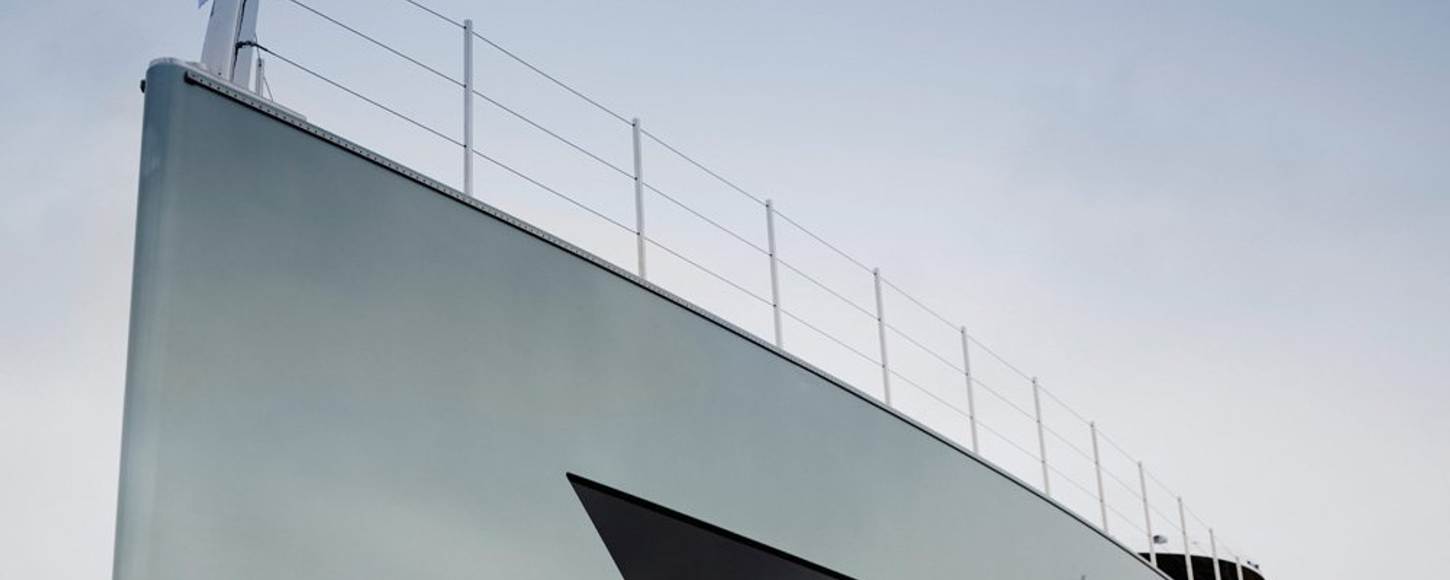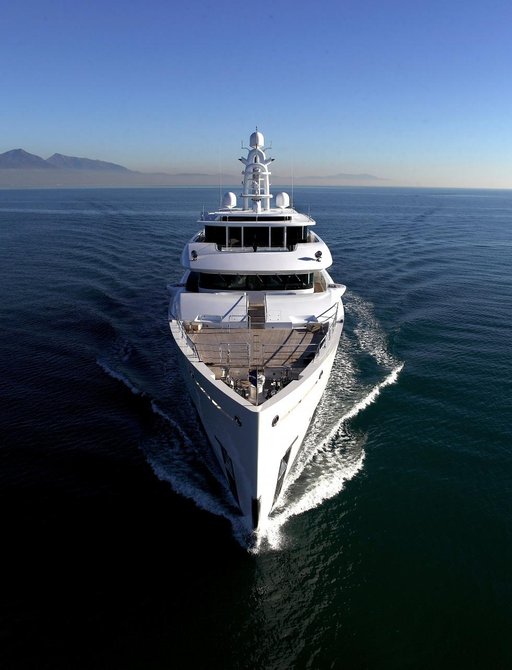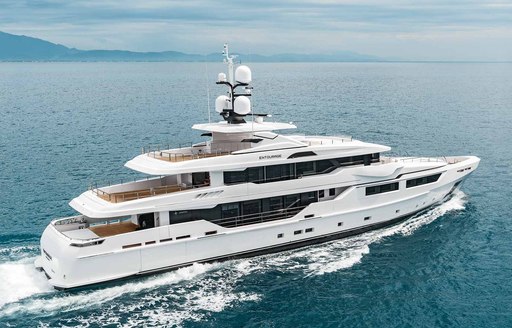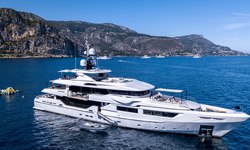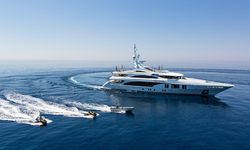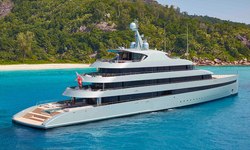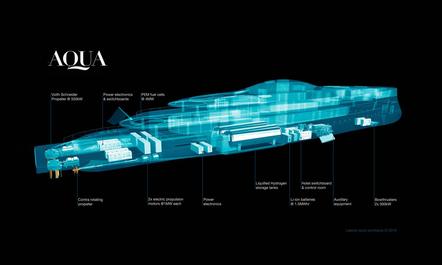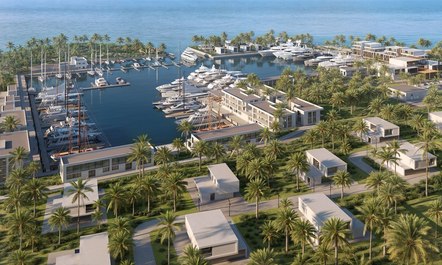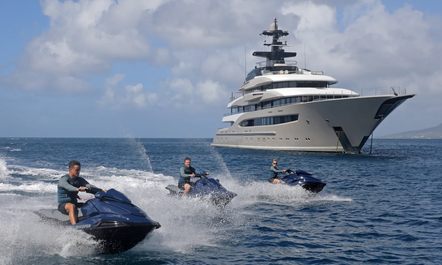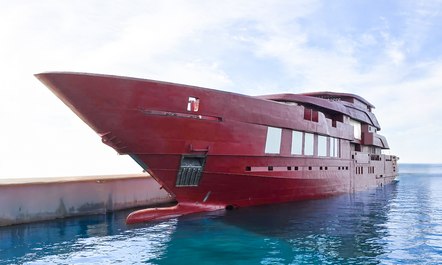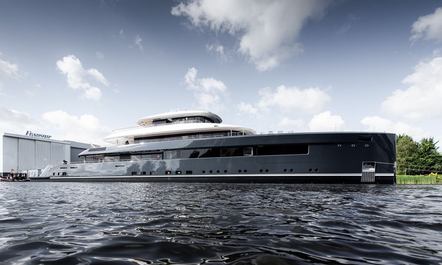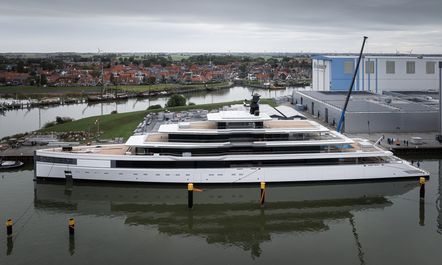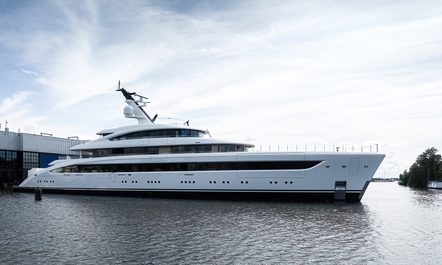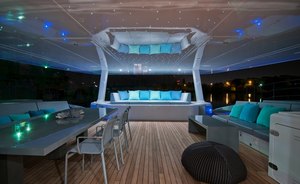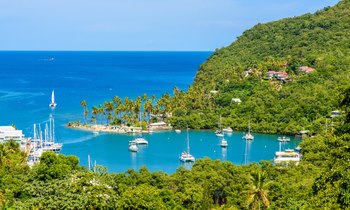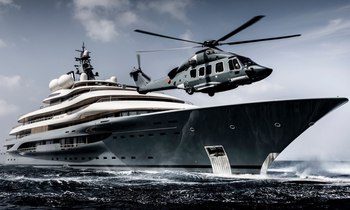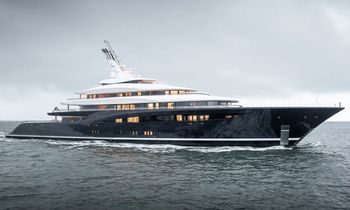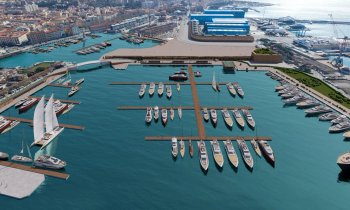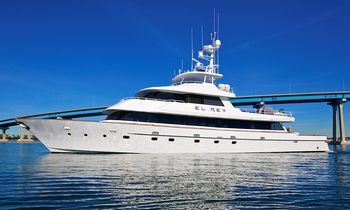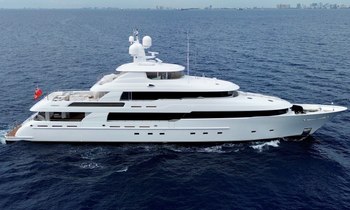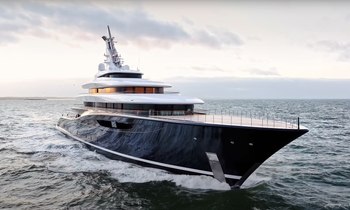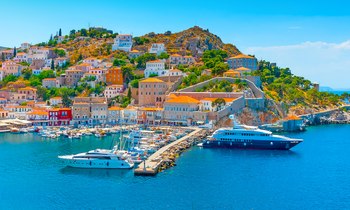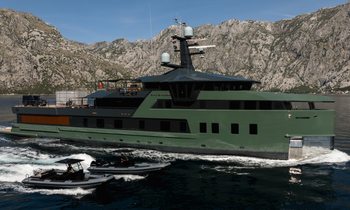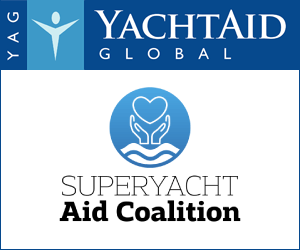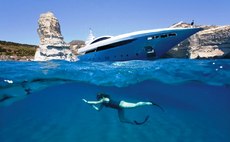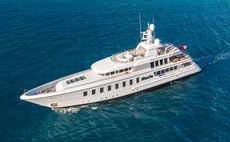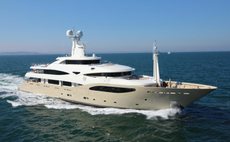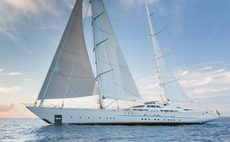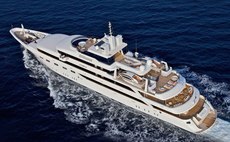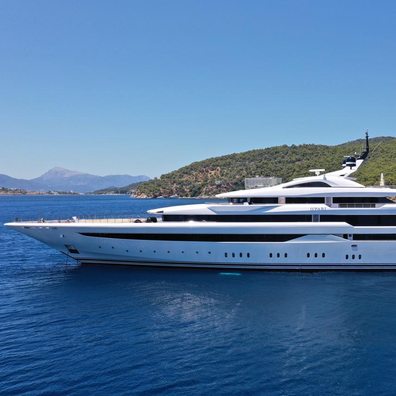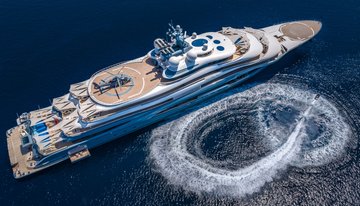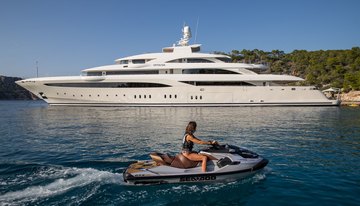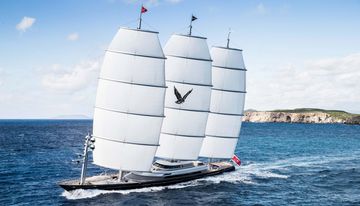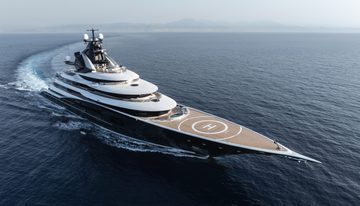As the industry awaits the delivery of the world’s first hybrid superyacht, 83.5m Feadship SAVANNAH, recent times suggest there may be a growing trend towards building innovative, eco-friendly vessels. YachtCharterFleet examine how the word ‘green’ and ‘superyacht’ may soon become synonymous below.
Built with a dynamic, streamlined hull shape to optimise performance, and a propeller astoundingly 40-percent larger than the standard size, the world’s largest metallic-painted object – Feadship’s first delivery of 2015, 83.5m luxury yacht SAVANNAH is expected to break new ground in the yachting industry.
At the heart of her eco-friendly engineering is cleaner and more cost-effective propulsion Feadship first conceived of in 2010 with their future concept ‘Breathe.’ Commenting on her large propeller, Feadship’s director Henk de Vries stated that “The way in which one gigantic propeller has been installed in front with another electrically powered prop in its slipstream has also never been applied on a yacht. A similar system has been used on board passenger ships in Japan, but that is an ‘industrial’ solution, without the attention to comfort required on a Feadship.”
Feadship claim superyacht SAVANNAH has the best engine load of any other yacht, as the first yacht of such great scale to be built with a highly-advanced single Wärtsilä diesel engine rather than using two standard higher-rev engines. She will run with an azimpull, a variable pitch propeller, three gensets, powered by Li-on batteries with no less than one million Watts – allowing for extra speed at the top end and ultra-quiet cruising at slow speeds. The end result of these numerous innovations in SAVANNAH’s technology, are an impressive saving of a huge 30-percent compared to similar-sized superyachts.
This focus on energy saving has not lead to fewer onboard luxuries, however, charter guests of SAVANNAH can enjoy extravagances including a cinema, a nine-metre swimming pool and a glass-bottomed underwater observation lounge to discover the marine life below. She will occasionally be made available for luxury charters, meaning prospective yacht owners could soon shift their attention to owning a hybrid superyachts.
SAVANNAH is not the first luxury yacht to embrace eco-friendly technology, last year Pichiotti shipyard delivered 73m superyacht ‘Grace E’ – a yacht especially designed to minimise noise and environmental impact whilst maximising performance. A milestone in Perini Navi’s history by her flagship status alone, as their largest motor yacht every built, she also remarkably has a diesel-electric propulsion system (with Azipod (POD) transmissions). With a 360-degree range, her electronics means she can remain stationary without an anchor at sea using GPS and the propulsion and thruster to keep her position. Naval Architect Philippe Briand additionally brought all the advantages of a sailing yacht design to the table, by creating a sleek design with a vertical bow and high-efficiency hull. Fun but sensible, ‘Grace E’ is only equipped with toys and tenders that have been carefully selected to keep her environmental impact to a minimum. Her four tenders were especially customised and designed for their specific roles during a charter vacation.
The superyacht industry is publically commending the efforts of yacht builders such as Picchiotti, with accolades such as the ‘Environmental Protection Award’ at the Showboats Design Awards judging the winner on their marine and air pollution and building process. Grace E faces stiff competition in her category against 2014-builds including 44m ISA Yachts superyacht ‘Silver Wind’ - boasting a hybrid propulsion system and a low speed of knots with main engines turned off; she has low noise, fuel consumption and gas emissions in her favour. Other contenders include 47m Admiral charter yacht ENTOURAGE and 30m Filippetti explorer yacht GATSBY, both with noteworthy range and power. The winning eco-friendly yacht is to be announced on 23 February.
The savings on cost coupled with the significant environmental impact of using less fuel is making investing in green technology an increasing favourable option for yacht owners, especially considering the average superyacht uses 130 gallons of fuel every hour. With Feadship’s shipyards leading the way in the construction of eco-friendly superyachts that still offer every imaginable luxury, other shipyards can only be expected to follow in what will be a significant few years ahead in the yachting industry.
To find out more information about chartering one of the aforementioned superyachts, contact your preferred charter broker.
RELATED STORIES
EDITOR'S PICK
